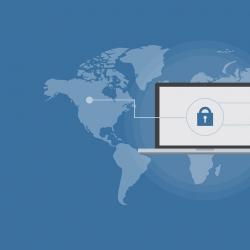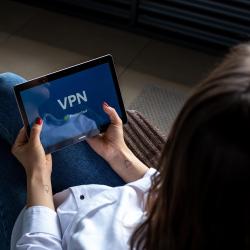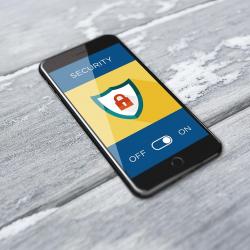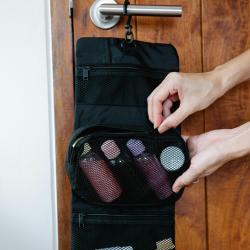How to Protect Your Privacy on Social Media
Social media has transformed the way we communicate, share, and interact. Platforms like Facebook, Instagram, Twitter, and LinkedIn allow us to share moments, thoughts, and experiences with friends, family, and even strangers across the globe. However, this openness also comes with significant privacy risks. Protecting your privacy on social media is crucial in maintaining control over your personal information and safeguarding against identity theft, data breaches, and other forms of cybercrime. Here’s a detailed guide on how to enhance your privacy on social media.
1. Review Privacy Settings
Regularly Update Privacy Preferences: Most social media platforms offer privacy settings that let you control who can see your content. Regularly review and update these settings to ensure only desired individuals have access. For example, you can make your profile private, limit post visibility to friends, or create custom lists to manage what you share with different groups.
Stay Informed: Social media platforms frequently update their privacy policies. Stay informed about these changes and adjust your settings accordingly to keep your information secure.
2. Be Cautious with Personal Information
Limit Sharing of Personal Details: Avoid sharing sensitive information, such as your home address, phone number, or financial details. Even seemingly innocuous information, like your birthdate, can be pieced together with other data to compromise your security.
Think Before You Post: Before posting, consider whether the information could be used against you. Avoid sharing travel plans openly or posting images that give away too much about your location or daily routine.
3. Enhance Account Security
Strong, Unique Passwords: Use strong, unique passwords for each of your social media accounts. A good password is at least 12 characters long and includes a mix of letters, numbers, and special characters. Consider using a password manager to help create and store complex passwords securely.
Enable Two-Factor Authentication (2FA): Two-factor authentication adds an extra layer of security by requiring a second form of verification beyond just your password, such as a code sent to your mobile device.
4. Be Skeptical of Connection Requests
Verify Friend Requests: Be cautious when accepting friend or connection requests, especially from people you don’t know. Fake profiles are often used for phishing scams and gathering personal information.
Monitor Your Followers: Regularly review your followers or connections to ensure they’re individuals you trust. Remove or block anyone suspicious.
5. Protect Your Online Activity
Beware of Public Wi-Fi: Avoid accessing social media accounts over public Wi-Fi networks, which are often less secure and can be easily exploited by hackers. If necessary, use a virtual private network (VPN) to encrypt your connection.
Be Wary of Third-Party Apps: Third-party apps can often access your social media data. Be mindful of which apps you connect to your accounts and regularly review and revoke permissions for apps you no longer use.
6. Monitor for Suspicious Activity
Regularly Check Account Activity: Keep an eye on login attempts and other unusual activity on your accounts. Most platforms provide tools to check the location and device of recent logins.
Report Suspicious Behavior: If you notice suspicious activity or think your account has been compromised, report it to the platform immediately and change your password.
Conclusion
Navigating the social media landscape requires a careful balance between sharing and protecting your personal information. While these platforms offer valuable tools for connection and communication, they also pose real risks to your privacy. By being proactive and implementing robust privacy measures, you can enjoy the benefits of social media while minimizing potential threats. Stay informed, be vigilant, and take control of your digital footprint to ensure a safe and private online experience.






















